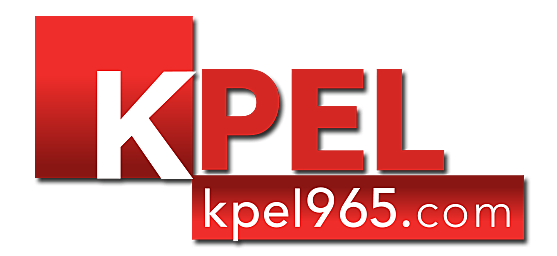
Making Your Resume Stand Up Against The Competition
(The following article is written by Laurie J. James, MCD, CCELW)
If you’re reading this blog, you might have a question or two about writing a résumé. You’re not alone!! The funny thing about résumé writing is that most people think they understand how to write a great one, yet few are able to create a résumé that truly dominates the job search.
Let’s clear up a few misconceptions: Employers and candidates don’t view résumés in the same way. Employers want a solution to their problem. They weed out the pile of applicants hoping to find their solution. Typos, disorganized content, a missing cover letter, or some other vital criteria omitted from the résumé will eliminate poor candidates from the process. By contrast, Candidates use the résumé to introduce themselves, hoping to use that 10 second window to make a great first impression.
THE MOST COMMON RÉSUMÉ HEADINGS
Your résumé is the first step in applying for a job. Here are the basic headings that should be included for most positions:
CONTACT INFORMATION: Name, Address, Phone, Email, LinkedIn address (if you have one)
TARGETED POSITION: Job you’re applying for
- Summary of Skills (What you bring to the employer’s table, those skills or industry specific credentials that will help the employer reach their goals, etc.)
WORK EXPERIENCE: Job Title, Company, Location, Dates for each job
- Include Challenges, Actions and Results for each position, so the employer can see your history of success on the job.
- List in reverse chronological order … the most recent position is listed first.
EDUCATION: Degree, School, Location, Dates (if not too far back)
- Eliminate high school if you have earned certifications or college experience since then.
- Generally speaking, remove dates if more than five years back.
- List in reverse chronological order … the most recent position is listed first.
AFFILIATIONS: Professional or Community Involvement
- Include only relevant information here, including projects that fit with the position you are seeking.
- List in order of importance to the position.
REFERENCES: Name, Job Title, Company, Phone, Email, How Many Years You’ve Known Each
- The references go on a separate page.
- List in order of importance.
- Try to utilize both genders, if possible.
BUYING vs. SELLING!
The employer is the buyer, and you are the seller. Once you understand the difference, this gets a whole lot easier.
As the buyer, the Employer wants one of the following:
- Make Money
- Be More Competitive
- Save Money
- Build Relationships / An image
- Save Time
- Expand Business
- Make Work Easier
- Attract New Customers
- Solve a Specific Problem
- Retain Existing Customers
*Research the company to find out what makes them “buy” and then deliver it in the résumé..
As the Seller, you need to create the eager want and the reason to purchase.: Sell your sizzle with the best résumé possible so the buyer will be tempted to buy your product:
1) CATCH THE IMMEDIATE ATTENTION OF YOUR BUYER
a) Create a hard‐hitting lead or headline, like this one:
SEEKING SALES REPRESENTATIVE POSITION
“Undoubtedly the hardest worker you’ll ever hire.”
b) Ensure visual appeal
- Use classic design elements with consistency.
- Experiment with a tasteful industry‐related graphic.
- Keep balance of white space and information appropriately on page.
2) CAPTURE INTEREST
a) Position selling points at the visual center (TOP THIRD) of the page.
b) Position supporting material in the mid to lower range of the page.
c) Position skimmable list material at the bottom of the page.
3) CREATE DESIRE
a) Show you are addressing some need.
b) Satisfy the need.
c) Prove your superiority in fulfilling the need.
4) CALL FOR ACTION
a) Offer some enticement for the employer to meet you (work samples, ideas, etc.)
b) Ask for the interview; politely suggest a time frame if your work schedule takes you out of town frequently.
c) Make it easy for your reader to contact you.
The résumé is all about the headline and initial visual appeal. Once that hurdle has been
cleared (which can be a 10‐second window), you are more likely to have your résumé reviewed to move on to the next step. Keep your formatting consistent: If you’re using bullets, use them throughout document. Also, if you use bold, italics or numbers, keep all placements of these options consistent.
In case you’re discouraged, remember that you’re NOT wasting your time!! A real benefit to preparing your résumé is that none of your prep work will be wasted!! You’ll use every minute of prep through the networking, correspondence and interview process!!
Want feedback? When you are finished creating your perfect résumé, email it to me
(laurie@lauriejjames.com) for a FREE critique!! I’ll be honest with you, as long as you promise not to shoot the messenger!!
More From News Talk 96.5 KPEL









